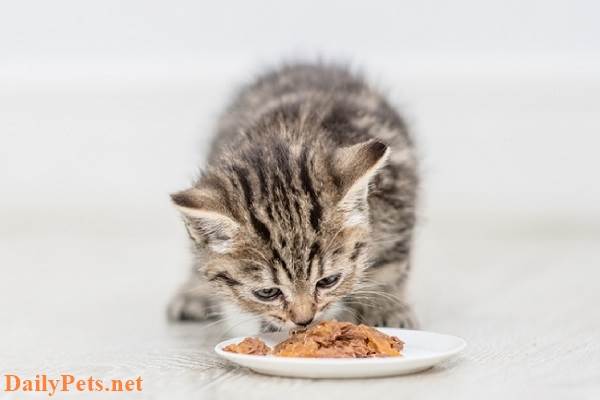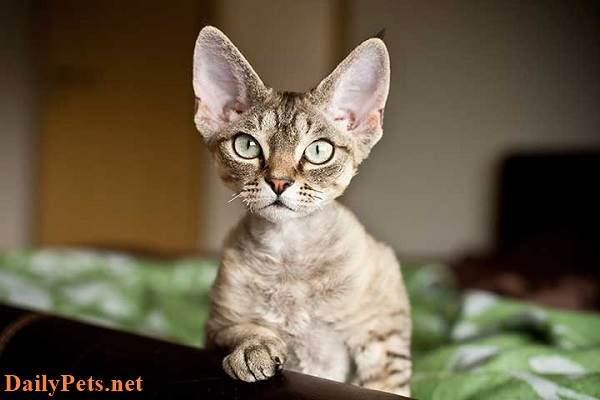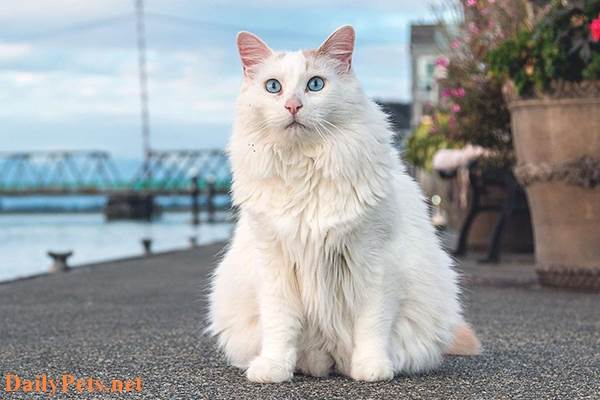The cat family (Felidae) is divided into three genera, including Panthera (lions, tigers, leopards, jaguars, etc.), Acinonyx (cheetahs), and Felis (which includes all other ‘small’ cats).

The cat family is one of the most diverse and successful in nature.
Among them, the domestic cat (Felis catus) is one of the most evolved species in the Felidae family, despite being among the smallest in size.
Natural-born hunters
A common feature of all cat species is that they have evolved into skilled predators with highly sensitive senses. Their hearing, vision, and sense of smell are considered the sharpest among all terrestrial mammal species.
Anatomical features such as round heads and similar bone structures indicate that the 37 cat species evolved from a common ancestor living in Asia around 10 to 12 million years ago.
Until now, the cat family is distributed worldwide, except for the Arctic, Antarctic, and Australia. This is possible due to sea level fluctuations over millennia, which allowed cats to migrate and occupy different geographical regions.
They are regarded as the top meat-eating predators among all mammal species.

Interestingly, except for lions, all other wild cat species have developed a solitary lifestyle, able to hunt and defend themselves independently.
In terms of appearance, male and female cats are quite similar, although males are usually slightly larger.
Cats are highly territorial and tend to develop their own hunting grounds and mark territories primarily through scent.
They come in various coat colors and patterns, ranging from solid colors to stripes, spots, and scars. These adaptive traits allow cats to camouflage and support their hunting lifestyle.
Evolution and domestication of cats
Evidence of cats living alongside humans dates back to ancient Egypt, around 3,600 years ago.
Cat skulls found in Egyptian burial sites were identified as belonging to the African wildcat species, Felis sylvestris lybica. However, the domestication of cats likely occurred around 10,000 years ago or even earlier in the Middle East region.

The image of the cat in Egyptian culture.
Several pieces of evidence confirm that cats were found alongside human remains in a burial site in Cyprus around 9,500 years ago. Thus, cats and humans have had a long-standing history of companionship.
According to historians, the reason behind this bond was the species of mice. Specifically, developing human settlements with grain stores led to an accumulation and significant increase in the mouse population. Humans faced great difficulty in combating these pests. However, with the appearance of cats (attracted by the growing mouse population), humans recognized their value, leading to the domestication of cats.
However, the domestication process of cats differs from that of dogs and other animals. Cats have undergone minimal changes during domestication, and their behavior and appearance still closely resemble their wild ancestors.
As a result, modern cats still retain the ability to survive in the wild, and there have been many instances of feral cats reverting to a wild existence.
From the beginning, the relationship between humans and cats was somewhat more distant than dogs, as dogs helped humans hunt and share the spoils. On the other hand, the domestication of cats only partially removed them from their wildlife.
Characteristics of modern cats

Cats live close to humans but can fully adapt to wild living conditions.
Genetic analysis has shown that the DNA of modern domestic cats closely resembles that of the African wildcat, a subspecies of the African Wildcat.
They share a similar appearance to the wildcat, although their fur is slightly lighter. These cats mainly live dispersed in grasslands with vast territories due to relatively sparse prey (mostly rodents).
Modern domestic cats retain some traits from their desert-dwelling ancestors, including the ability to survive on very little water intake and produce highly concentrated urine. Their feces are also relatively drier compared to dogs, minimizing water loss in their environment.
Cats can tolerate fairly high temperatures, despite their thick fur. Most cats show no discomfort until their skin temperature exceeds 52 degrees Celsius, while humans begin to feel uncomfortable when their skin temperature exceeds 44.5 degrees Celsius.
Due to their close relationship with wildcats, domestic cats can still mate with them. In some regions such as Scotland and Hungary, this has caused serious issues as domestic cats interbreeding with native wildcats has led to a decreasing number of genetically distinct wildcats.
Cats in various cultures

In the line of Dong Ho folk paintings of the Vietnamese people, the cat is depicted in the famous painting – “The Rat’s Wedding.”
In ancient Egypt, archaeological findings show that cats were kept in households and revered animals. At that time, the relationship between ancient Egyptians and cats had significant meaning; they highly esteemed cats, even worshipping them, believing that cats symbolized sacred qualities such as vitality, fertility, power, wealth, and justice.
In Norse mythology, the goddess Freyja symbolizes love, beauty, fertility, power, and wealth. Goddess Freyja is often depicted alongside cats. In ancient Norse folklore, farmers who sought protection for their crops would leave bowls of milk in the fields, believing that it would invite the service of Freyja’s cats to protect the fields from rodent infestations.
In Japan, cats with bobtails symbolize good fortune and promising futures. The “maneki neko” (beckoning cat) symbolizes luck and prosperity. The “maneki neko” is often depicted as a cat with a bobtail sitting on its hind legs, with one front paw raised in a waving gesture.
In the Islamic community, cats are considered respected and protected animals. They are treated with the utmost care, with the belief that cats exist in both the living and afterlife worlds. Hence, no one wants to “offend” a cat and be judged when they pass away. Overall, Muslim communities worldwide believe treating cats well is virtuous. The cat is one of the twelve zodiac animals in Vietnam, representing the Year of the Cat.
In many cultures, from East to West, cats are believed to have multiple “lives,” although the specific number of “lives” attributed to cats in different cultures may vary. However, this belief is based on observing cats’ flexible, agile, and quick nature, allowing them to escape life-threatening situations.





